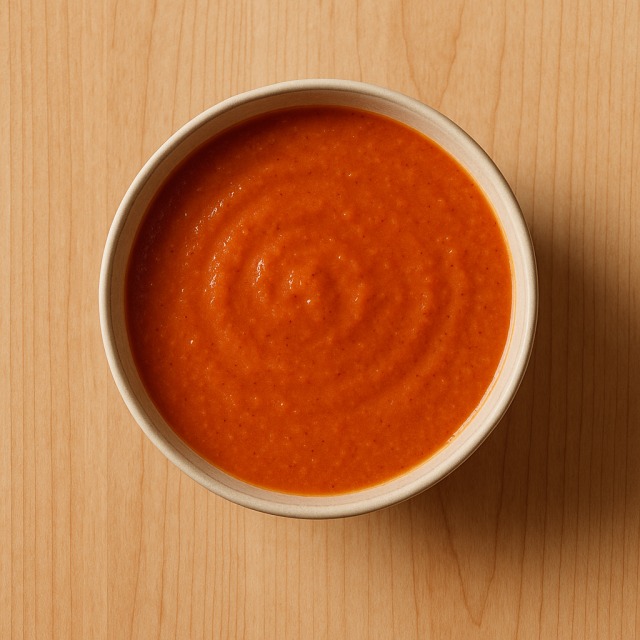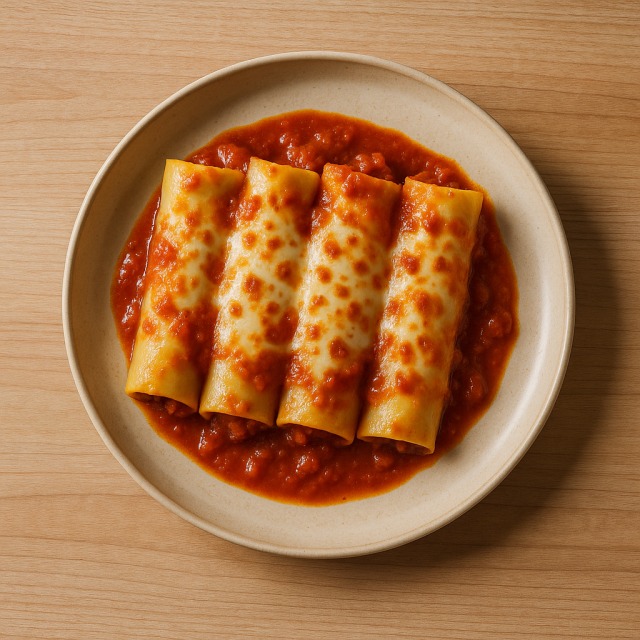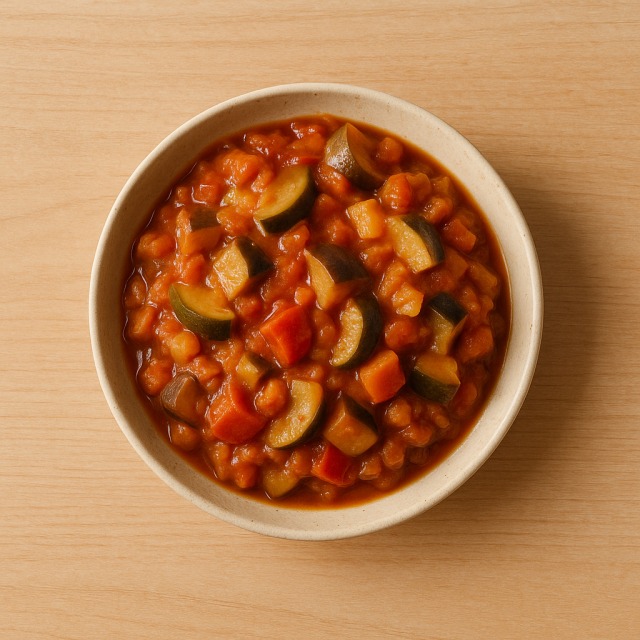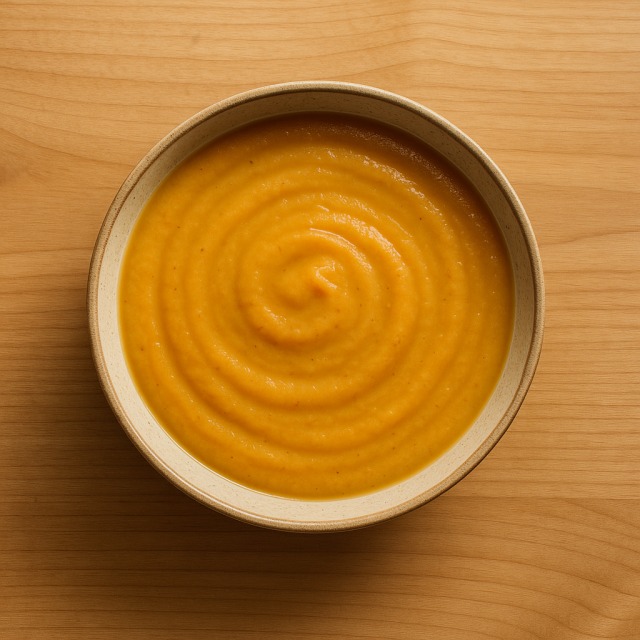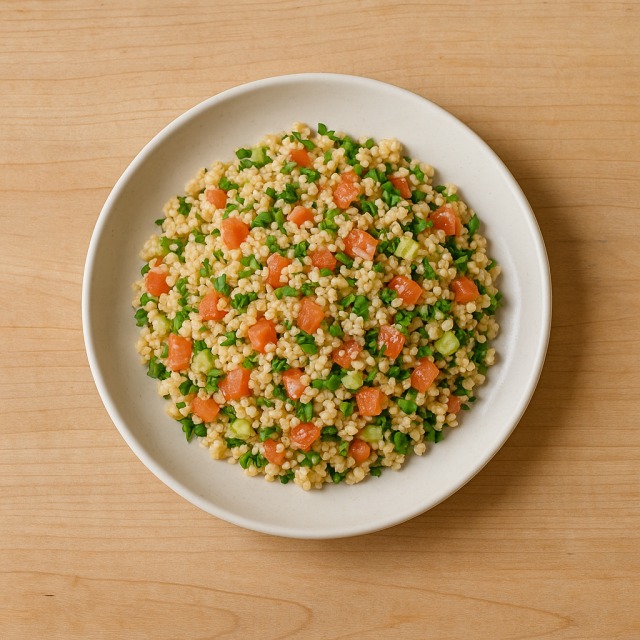Calorie Chart / Recipes / Cheese soufflé
How Many Calories Are in Cheese soufflé?
Calculation of the nutritional value & Recommended Dietary Intake of cheese soufflé
For g and a calorie requirement of kcal
| Calories 378 kcal | Proteins 17 g | Lipids 29 g | Carbohydrates 12 g |
| 19% | 23% | 43% | 4% |
Health benefits of cheese soufflé
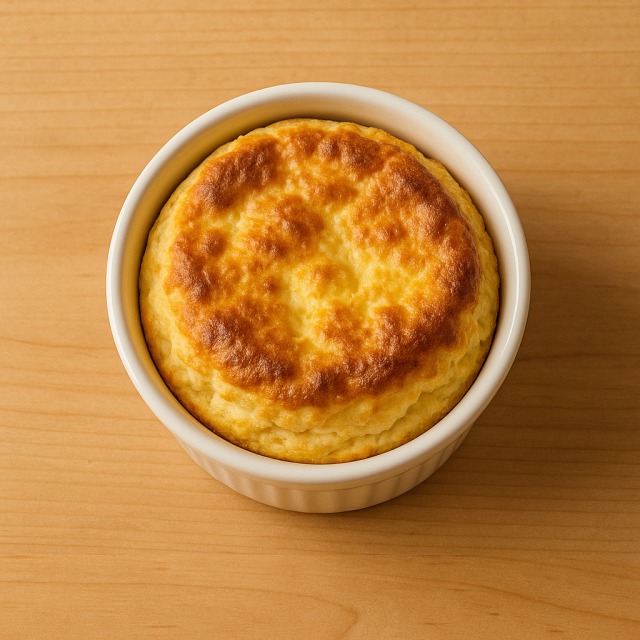
Cheese soufflé - 100g
Calories 252 kcal
Proteins 11.5 g
Lipids 19.2 g
Carbohydrates 8.1 g
With 252 calories per 100 g, cheese soufflé is considered a moderate-to-high calorie preparation, yet it supplies valuable nutrients alongside those calories. The blend of egg, grated cheeses such as gruyère or emmental, and a base of whole milk delivers around 11.5 g of proteins, supporting muscle repair while providing a pleasantly airy texture.
This dish is rich in calcium (important for bone health), phosphorus and selenium, and offers vitamins A, D, and B12. Thanks to the eggs, it also brings choline for cognitive function and lutein for eye health. Although its calories are higher than plain vegetables, those calories come intertwined with high-quality proteins and fats that improve satiety.
Some chefs highlight the presence of conjugated linoleic acid (CLA) in aged cheeses, a lipid with supposed anti-inflammatory properties (research is still inconclusive, hence the mention of "supposed"). The lipids in cheese soufflé include both saturated fats and smaller amounts of omega-3 from eggs, contributing further to its calorie density.
Invented in 18th-century France, the word "soufflé" stems from the French verb "souffler," meaning "to blow" – a reference to the batter rising dramatically in the oven. Its spectacular height led early cookbooks to describe it as the dish that "brings applause to the table," long before anyone worried about calories. That historical, celebratory aura still explains why cheese soufflé is a favorite for brunches and special dinners where people willingly allot part of their daily calorie budget to a culinary showpiece.
Tips for incorporating cheese soufflé into a balanced diet
Because cheese soufflé concentrates calories in a light-as-air bite, portion size is key. A 6 cm-high individual ramekin (≈120 g) supplies roughly 300 calories; balance the plate with a crunchy side such as arugula salad, tomato concassé, or steamed broccoli to keep total calories in check while adding fiber.
For a complete but not overloaded meal, precede the soufflé with a clear vegetable starter like vegetable soup. Athletes who need extra proteins without too many additional calories may pair a half-portion soufflé with 100 g of grilled chicken breast. Conversely, if you wish to stay under 600 calories for the whole menu, finish with a fresh fruit salad rather than a richer dessert.
Recipe ideas to lighten the calories: replace part of the cheese with airy cancoillotte, switch butter to light butter, and milk to semi-skimmed. You will shave up to 30 calories per 100 g while preserving flavor.
Just like a classic Quiche Lorraine or a winter tartiflette, cheese soufflé shines when seasoned with nutmeg and paired with a glass of chilled water or herbal tea. Remember to serve it immediately; a deflated soufflé may look smaller, yet the calories remain exactly the same!
Frequently Asked Questions
- How many calories are in cheese soufflé?
- There are 252 kcal per 100 g.
- Is cheese soufflé higher in calories than Quiche Lorraine?
- Yes, on average Quiche Lorraine provides around 180–200 calories per 100 g, whereas cheese soufflé reaches 252 calories, mainly because of the larger cheese proportion.
- How can I reduce the calories of my homemade cheese soufflé?
- Use semi-skimmed milk, swap part of the full-fat cheese for fresh goat cheese, and replace butter with light margarine. These tweaks can cut roughly 40 calories per 100 g.
- Does cheese soufflé provide enough proteins for a post-workout meal?
- At 11.5 g proteins and 252 calories per 100 g, it offers a moderate protein-to-calorie ratio; pairing it with lean turkey cutlet boosts proteins without adding excessive calories.
- Is cheese soufflé suitable for weight-loss diets?
- It can fit into a calorie-controlled plan if eaten in small portions and balanced with low-calorie sides like cucumber sticks or a bowl of gaspacho.
- Can lactose-intolerant people enjoy a cheese soufflé?
- If lactose intolerance is mild, using aged cheeses (naturally lower in lactose) and lactose-free milk may help; however, calories remain comparable.
Similar foods
Information provided by Calorie Menu may contain inaccuracies or errors. It cannot, under any circumstances, substitute medical advice or medication.
